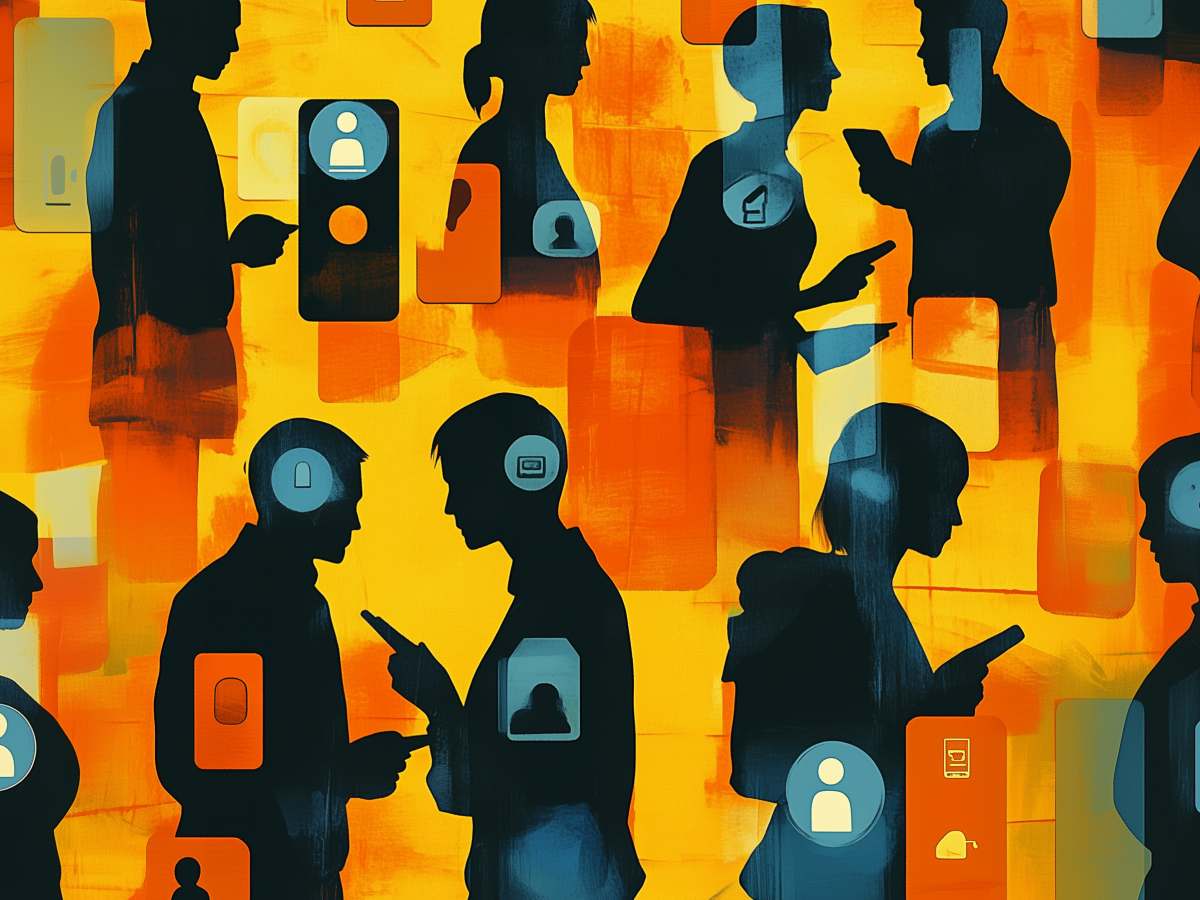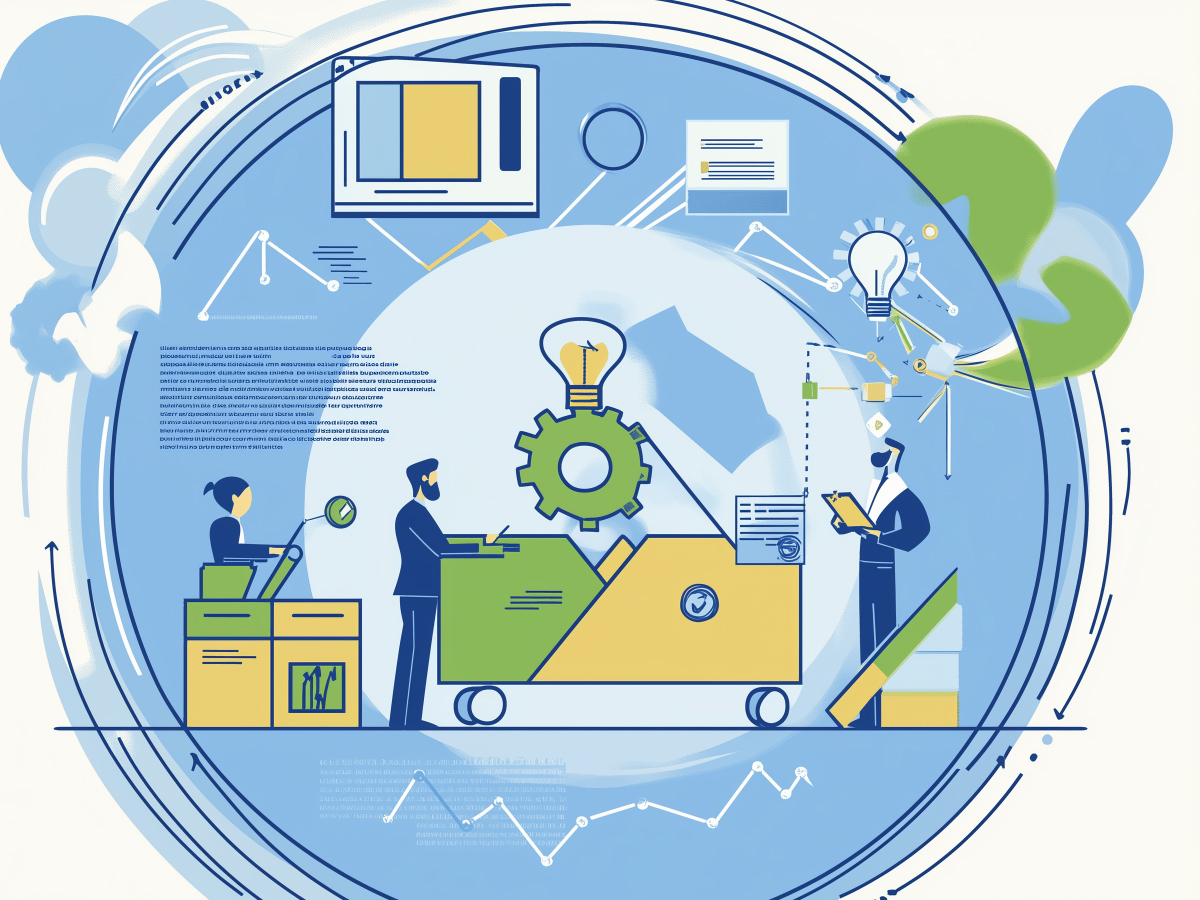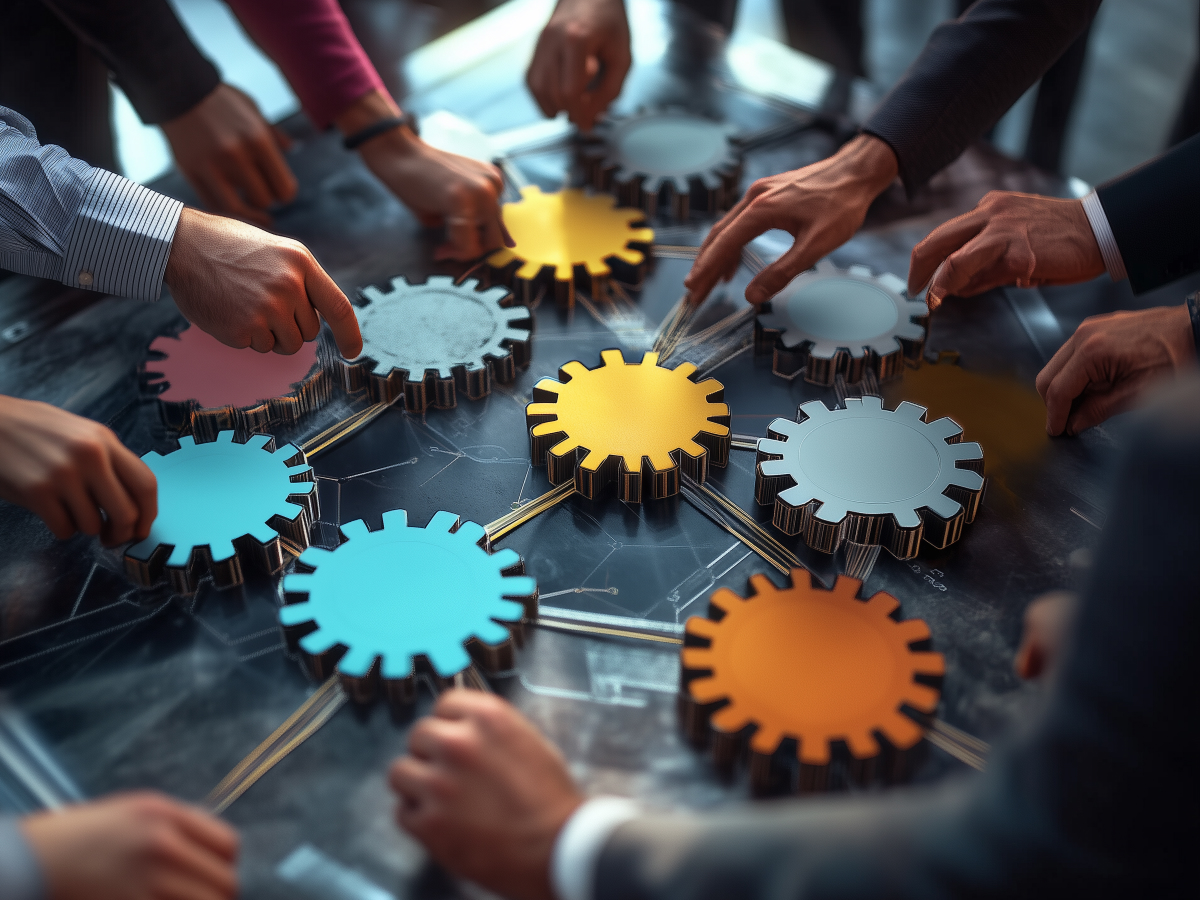Generational differences impact technology adoption
Technology is improving faster than ever, and how different generations approach these tools can make or break your organization’s efficiency. Older workers, often veterans of the linear workflows that defined previous decades, tend to gravitate towards systems that centralize everything in one place. For them, simplicity and familiarity are the keys to productivity. On the other hand, younger employees, immersed in the multi-tasking ecosystems of modern apps, thrive in environments that offer flexibility and interconnectedness.
Take Schellman as a prime example. When they replaced their older “walled garden” system with a more dynamic, platform-based architecture, the generational divide became apparent. Younger employees embraced the change, finding the interconnected tools intuitive and supportive. Meanwhile, their older counterparts struggled, finding the new system disorienting and harder to navigate. The challenge is bridging this gap with targeted, empathetic training programs.
Tailored training is a strategic necessity. A hybrid approach that blends virtual, on-demand modules for younger workers with more hands-on, classroom-style sessions for older employees can bring the best out of both groups. Companies that recognize and address these generational differences will gain a workforce that’s both diverse and cohesive, ready to tackle the complexities of a modern system.
Resistance to new technologies varies with age
When it comes to AI, the generational divide becomes even starker. Older employees often approach these tools with caution, if not outright skepticism. Why? It’s partly trust, partly habit. For decades, their expertise was built around manual methods and rigorous, hands-on processes. AI, by contrast, can feel abstract, something to be doubted rather than trusted.
Pegasystems provides a telling case. When they introduced a contract summarization AI tool, younger employees quickly recognized its potential, while seasoned workers, those used to poring over contracts manually, were less enthusiastic. Similarly, at SBS, the introduction of generative AI for API testing revealed resistance among older staff. Tools like k6, which require coding, presented a steep learning curve, while generative AI raised concerns about reliability.
Interestingly, data from Slack’s Workforce Lab study sheds more light on this trend. Among 5,000 surveyed desk workers, four out of five “AI maximalists”, those who embrace and advocate for AI, were under age 44. In stark contrast, older employees dominated the ranks of “rebels,” those who resist or distrust AI. *
For leaders, this is an opportunity to lead by example. Demonstrating the value of AI through real-world use cases and offering comprehensive support, both technical and emotional, can turn resistance into acceptance. The key is showing how AI improves expertise, creating new avenues for growth and efficiency.
Collaborative learning models bridge generational gaps
Here’s a bold idea: What if younger workers taught their older colleagues the tech ropes, while the latter shared their hard-earned wisdom in return? Collaborative learning models, like buddy systems and reverse mentoring, are reshaping how companies work on generational tech divides.
At Schellman, younger employees, fluent in modern tools, are paired with older colleagues to support mutual learning. Gen X workers often step in as bridges, bringing a balanced perspective that integrates old and new systems. Over at SBS, younger “technology champions” help older staff adapt to AI tools, building trust through hands-on support.
Younger generations, raised in a digital-first world, bring invaluable fluency with cutting-edge tools. When paired with the deep experience of older workers, the result is a win-win scenario, a workforce that’s skilled and deeply interconnected.
Key takeaways
Every generation brings something unique to the table. Older workers contribute crystallized intelligence, the kind of deep expertise and problem-solving skills that only come from years of experience. Younger employees, by contrast, excel in fluid learning, quickly mastering new tools and technologies with minimal context. Together, they form a powerhouse team, if trained correctly.
Recognizing generational preferences means offering structured training sessions for older workers, while younger employees can access self-paced virtual modules. A dual approach respects the strengths and learning styles of both groups, making sure no one is left behind.
Fluid learning abilities naturally decline with age, but crystallized intelligence grows. Companies that make use of both stand to gain a competitive edge. When integrating these strengths into training strategies, leaders can create a workforce that’s adaptable, resilient, and capable of thriving in the face of technological change.





